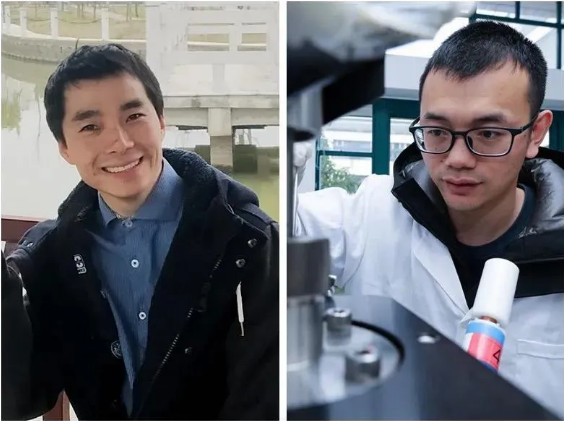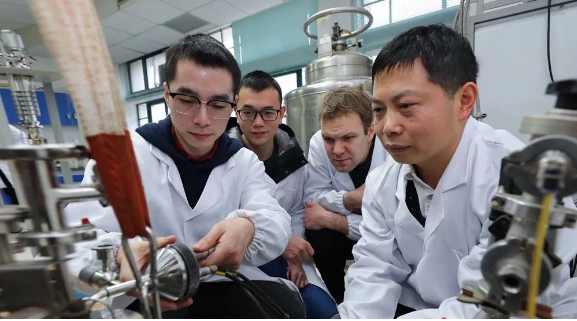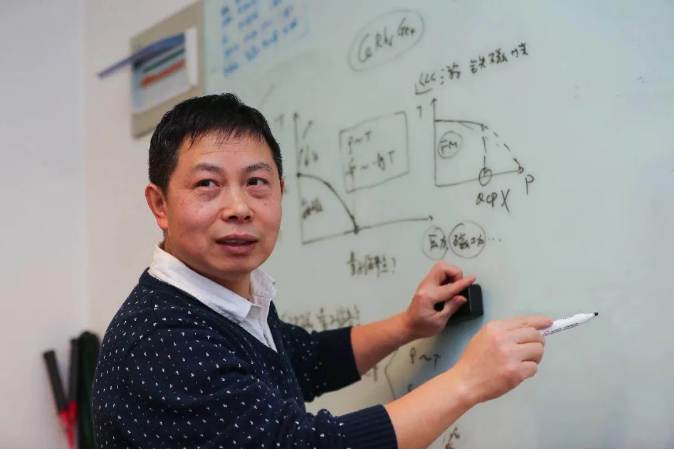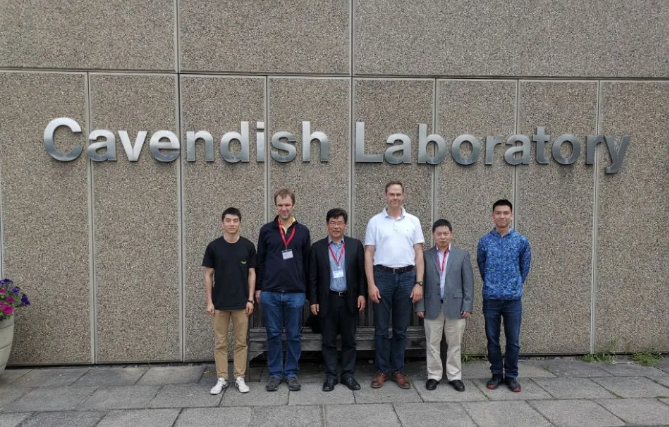Dialogue@ZJU: Original innovation is a long-term exercise
[Messages from the editor: Scientists hold the belief for a long time that the ferromagnetic quantum critical point does not exist. However, Professor YUAN Huiqiu, executive deputy director of the Center for Correlated Matter (CCM), has been taking an opposite position. SHEN Bin and ZHANG Yongjun, PhD candidates in YUAN’s group, recently shared a Nature paper- “Strange metal behavior in a pure ferromagnetic Kondo lattice” with co-first authorship. They shared with Global Communications the backstory behind the first report on the discovery of a quantum critical point and strange metal behavior in the ferromagnet CeRh6Ge4.]

"The search for the ferromagnetic quantum critical point has been going on for nearly ten years in Prof. Yuan’s team. We are the third group of students taking up this project.” said ZHANG.
Before CeRh6Ge4 system, they tested many other material systems, such as CeAgSb2. With so many failed attempts, they were so disappointed and thought about quitting and turning to other more popular topics. Prof. YUAN explained the signficance of the project and encouraged them to continue working on it.
After exploring nearly twenty furnace samples with a number of different growth conditions, a high-quality single crystal sample was finally grown in their lab. Then they faced another challenge.

In order to measure the resistance under high pressure, four gold wires were required to weld on a small surface with a dimension of 0.5mm*0.1mm*0.1mm, and then the sample was connected to the pressure packet. Even a slight shaking of our hands could have trashed all previous efforts. "After a long period of hard work and countless failures, I can now weld a sample in a few minutes," said SHEN. “To mitigate the influence of the noise, the measurement is often carried out at midnight. We also repeat the same measurement several times until the data is completely reliable.”
“Prof. YUAN often stresses that original innovation is a long-term exercise and you must be committed to it,” said SHEN. “His dedication and persistence really inspired us.”

SHEN and ZHANG also acknowledged that extensive international cooperations are very helpful for their research. In CCM they could often communicate and discuss with scientists from all over the world. “We collaborated with Dr. Michael Nicklas of Max Planck to measure partial specific heat under pressure, and received the theoretical support from Professor Piers Coleman of Rutgers University,” said ZHANG.
"Participating in international academic exchanges really expand our horizons. It is important to present and discuss your experimental results with international colleagues. Sometimes it will trigger new cooperations." SHEN reported on their preliminary research progress of this work at the 2017 International High Voltage Conference. In 2017 and 2019, he visited the University of Cambridge twice in order to carry out collaborative research on CeRh6Ge4 materials.

All ZJU students are encouraged to spend time abroad through various programs, such as summer research internship, exchange programs and international conferences. More than 8000 students gained international experience last year. The University benefits significantly from collaborations with leading research institutions across the world. Driven by our researchers and graduate students, these links contribute not only to the University’s research output, but also to the quality and impact of its research. According to statistics, ZJU published over 3500 internationally co-authored papers in 2019, including a recent finding on high-entropy alloys (HEAs) in collaboration with scientists from the Georgia Institute of Technology, and the University of California, Berkeley.
Related stories:
ZJU scientists discover new setting for strange metals and quantum criticality
International team unravels the mystery of strength and ductility in high-entropy alloys





